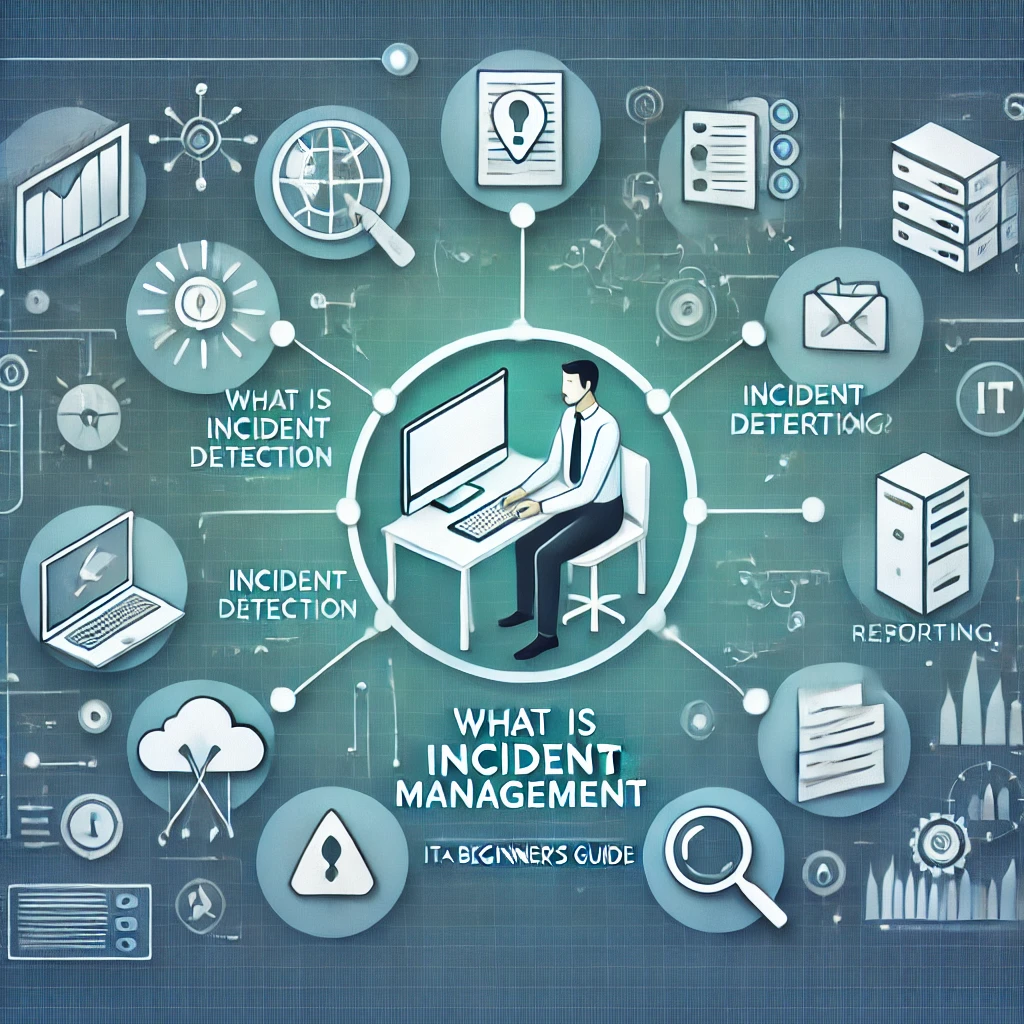🚨 Crisis Management: Leading Your Team Through the Toughest Times
📌 Introduction
Crises can strike at any time, and when they do, they put leadership skills to the ultimate test. Whether it’s a cybersecurity breach, economic downturn, major system outage, PR disaster, or a global pandemic, the ability to navigate these situations effectively is what separates great leaders from the rest.
The best leaders don’t just react to crises—they anticipate them, manage them strategically, and turn them into opportunities. In this comprehensive guide, you’ll learn:
✅ What crisis management is and why it matters
✅ Key steps to effectively lead your team through a crisis
✅ Best practices for communication, decision-making, and resilience
✅ How to build a proactive crisis response plan
Let’s dive in! 🚀

🔥 What is Crisis Management?
Crisis management is the process of preparing for, responding to, and recovering from unexpected events that threaten an organization. It involves quick thinking, clear communication, and strategic action to minimize damage and restore stability.
💡 Types of Crises Leaders Face:
✔️ Operational Crisis – System failures, product recalls, or service disruptions.
✔️ Financial Crisis – Market downturns, cash flow shortages, or sudden revenue loss.
✔️ Reputational Crisis – PR disasters, social media backlash, or unethical behavior exposure.
✔️ Natural Disasters – Earthquakes, floods, or pandemics affecting business operations.
✔️ Cybersecurity Crisis – Data breaches, ransomware attacks, or hacking incidents.
A well-prepared leader stays ahead of crises by recognizing potential risks and developing response plans in advance.
🚀 1. Stay Calm and Lead with Confidence
Why it matters:
In times of crisis, panic spreads quickly. Employees look up to their leaders for guidance and assurance. If you remain composed, your team will follow suit.
✅ Action Steps:
✔️ Acknowledge the Crisis – Denial can worsen the situation. Address the issue head-on.
✔️ Adopt a Solution-Oriented Mindset – Instead of dwelling on the problem, focus on what can be done.
✔️ Encourage Open Communication – Let employees express their concerns without fear.
✔️ Be Transparent – Don’t sugarcoat the situation, but also don’t instill unnecessary fear.
📢 2. Communicate Clearly and Consistently
Why it matters:
Miscommunication can lead to fear, confusion, and misinformation. Clear, timely, and honest communication keeps everyone aligned.
✅ Action Steps:
✔️ Use Multiple Channels – Email, Slack, Zoom, and in-person meetings for transparency.
✔️ Provide Frequent Updates – Keep stakeholders informed with the latest developments.
✔️ Be Honest but Optimistic – Share the facts but also focus on solutions and progress.
✔️ Encourage Two-Way Communication – Create an environment where employees feel heard.
⏳ 3. Make Quick but Informed Decisions
Why it matters:
A crisis demands fast action. Delayed responses can escalate problems and lead to bigger consequences.
✅ Action Steps:
✔️ Gather the Right People – Involve key stakeholders and decision-makers.
✔️ Assess the Situation Rapidly – Identify the root cause and potential impact.
✔️ Prioritize Key Issues – Address the most urgent matters first.
✔️ Use Data & Expertise – Base decisions on facts, expert advice, and historical data.
🤝 4. Support Your Team Emotionally
Why it matters:
Crises can drain morale and cause burnout. A leader who supports their team boosts productivity and resilience.
✅ Action Steps:
✔️ Acknowledge Stress – Recognize the emotional toll on your team.
✔️ Encourage Work-Life Balance – Allow flexibility if needed.
✔️ Show Empathy – Offer one-on-one check-ins and emotional support.
✔️ Celebrate Small Wins – Recognize progress and boost team spirit.
🔄 5. Learn and Prepare for the Future
Why it matters:
Every crisis is a learning opportunity. Once the storm passes, it’s time to analyze what worked and what didn’t.
✅ Action Steps:
✔️ Conduct a Post-Crisis Review – Identify strengths and weaknesses in your response.
✔️ Develop a Crisis Plan – Document lessons learned to improve future responses.
✔️ Train Your Team – Conduct regular drills to prepare for future challenges.
✔️ Invest in Crisis Management Tools – Equip your business with resources to detect and mitigate crises.
❓ Frequently Asked Questions (FAQs)
What is the first step in crisis management❓
The first step is to assess the situation quickly and accurately. Identify the root cause, potential impact, and stakeholders involved.
How can leaders prevent a crisis from escalating❓
Leaders can prevent escalation by acting swiftly, communicating clearly, and implementing a well-structured response plan.
What tools can help with crisis management?❓
Tools like incident tracking software, communication platforms (Slack, Zoom), and real-time monitoring dashboards (New Relic, Grafana) can help.
How do you rebuild trust after a crisis❓
Transparency, accountability, and consistent positive actions are key to rebuilding trust.
What’s the best way to train teams for crisis situations❓
Regular drills, crisis simulations, and scenario-based training help teams stay prepared.
🔥 Conclusion
Crisis management isn’t just about fixing problems—it’s about leading people. By staying calm, communicating effectively, making smart decisions, and showing empathy, you can turn even the worst crises into opportunities for growth.
📌 Are you ready to lead your team through the next challenge? Start preparing today!
✅ Key Takeaways:
🔹 Stay calm and lead with confidence.
🔹 Communicate clearly and consistently.
🔹 Make quick but informed decisions.
🔹 Support your team emotionally.
🔹 Learn from the crisis and prepare for the future.
📚 Learn More:
🔗 Share this guide with your team and help them navigate challenges with confidence!




